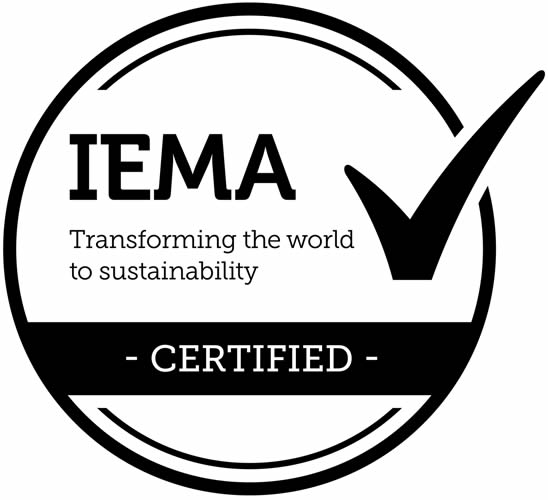Habitat Construction on the Moon
Researchers in the Faculty of Science, Technology, Engineering, and Mathematics are developing methods suitable for the construction of lunar habitats and infrastructure. Working with researchers at the University of Surrey and the Luxembourg Institute of Science and Technology, they have generated an understanding of the energy required to process molten lunar regolith. They measured the viscosity of molten lunar regolith simulant JSC-1A - a crushed basaltic ash with chemistry, mineralogy, and particle size distrbution similar to the regolith recovered during some of the Apollo missions.
Their findings will support efforts to minimise the time required to perform unit operations, by reducing the viscosity of molten regolith, yielding power savings and supporting energy efficiency in an environment where energy sources are scarce. However, a balance must be sought between the physical parameters which dictate performance versus those which determine the usefulness of the material for construction purposes.
Read the full paper here:
https://www.nature.com/articles/s41598-025-87761-7





